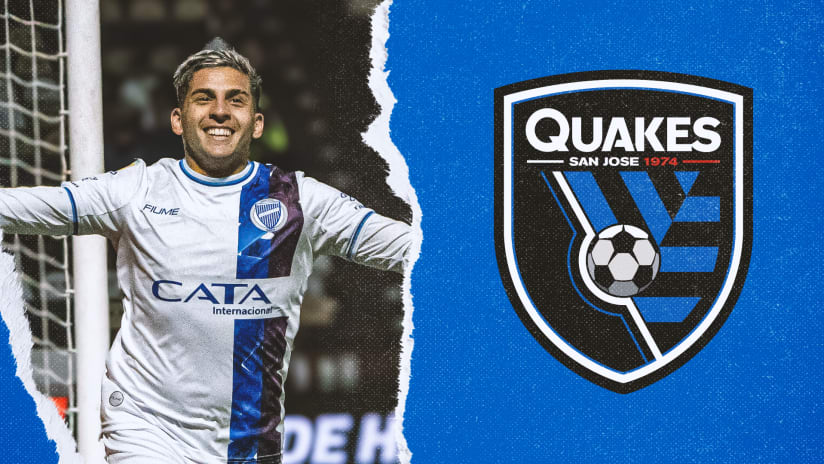Major League Soccer has caught up to Major League Baseball in a significant marker of current and potentially future trends of popularity among for the two major North American sports leagues. Both leagues now claim 18 percent of 12- to 17-year-olds as avid fans of their respective league.
This comes via the release of the 2013 Luker on Trends — ESPN Sports Poll Annual Report — a complex database that studies the way American sports fans watch, play, buy and express their fandom.
Before we go any further, let's run that opening line back one more time: MLS — not the overall sport of soccer — is on par with MLB among those sports fans who will soon be of legal working age, possessing disposable income and having lots of free time.
And it took less than two full decades — MLS debuted in 1996 — to equal the baseball league, which was founded in 1869.
More so now than ever, young athletes are not only playing soccer at a young age, but consuming the sport as a fan when they're not on the field.
“It was not so long ago we used to do focus groups and raise MLS to the room and hear crickets in response,” said Rich Luker, the social scientist who created the study. “Although a lot of American kids were playing in organized soccer environments, there was no connection between that game, which everyone plays to learn the basics, and MLS."
More from The Sideline
- Re-designing USMNT, 31 other World Cup jerseys and kits
- Modify Watches — MLS team and USMNT watches for the soccer fan
- Ranking the World Cup kits of USMNT, Germany, Portugal & Ghana
A teenager's interests can undoubtedly change over the next five years of their life — I couldn't tell you what sport I watched the most at age 15 — but the current 18 percent marker signifies a nearly 10 percent rise from a decade ago.
“You need to understand, [the] 12-17 [demographic] is among the hardest to win over," Luker goes on to say. "At that age, they follow a whole lot of everything.”
One of the league's biggest jumps in popularity within the 12-17 group occurred from 2009-10, following the 2010 World Cup.
The 2014 World Cup is a little more than three months away. Should we expect another four-to-five percent jump in popularity this time next year, as was the case following 2010? Perhaps, considering the level of television coverage ESPN has committed for Brazil 2014.
And how about the fact that the US national team that goes to this summer's World Cup will be made up largely of players that play their club soccer in MLS? How many young fans will gravitate toward the World Cup performances of, say, Michael Bradley, Graham Zusi or Omar Gonzalez, realize they play in MLS every week and flip on ESPN, NBCSN or their local broadcast the following weekend?
So here we sit — on the eve of MLS' 19th season, a World Cup year — wondering how high the next one, five and 10 years may take the sport in North America, because the last few weren't so bad either.
The NFL at 39 percent? Piece of cake.











